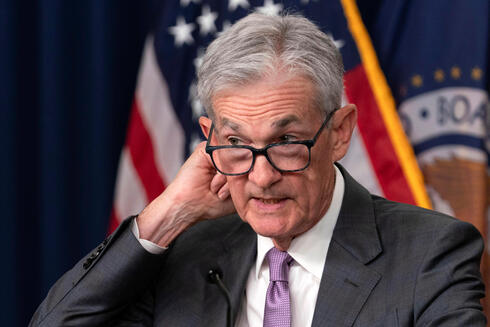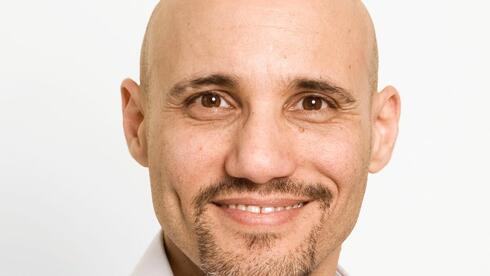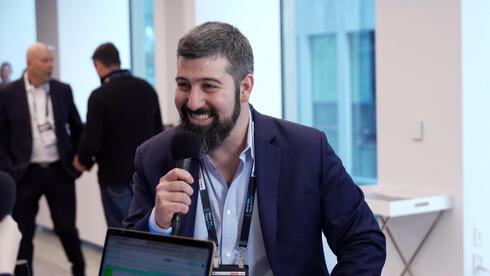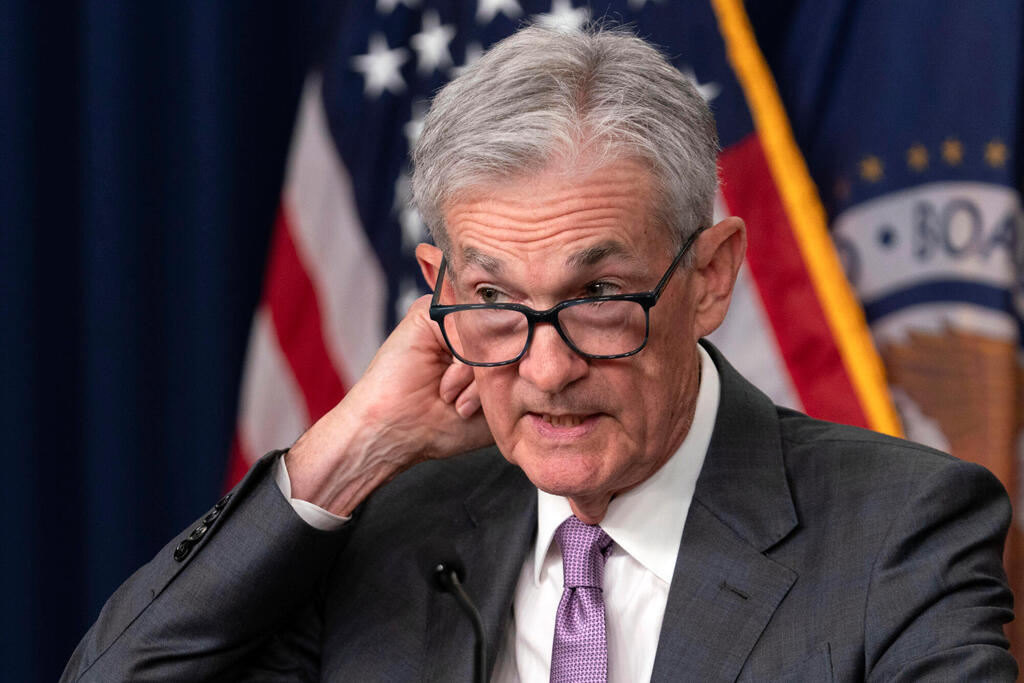
Analysis
Powell’s dilemma: How deep will the Fed cut interest rates?
Facing slowing inflation and weakening job market, the Fed weighs its next move.
The Federal Reserve has signaled a shift in its monetary policy. At the recent Governors' Conference in Jackson Hole, Chairman Jerome Powell suggested that interest rates would soon start to fall, following two and a half years of increases aimed at controlling surging inflation. This marks a significant turnaround in the Fed's strategy, which had focused on rate hikes. Powell acknowledged that inflation risks have subsided while risks to employment have risen. He emphasized that inflation now seems to be on a more sustainable path toward the Fed's 2% target, a marked improvement from previous concerns that the drop in inflation would be short-lived.
The upcoming interest rate cut is expected to be a major macroeconomic event with wide-reaching implications. Between March 2022 and June 2023, the Fed raised interest rates by 525 basis points, bringing it to 5.5%, the highest level in 17 years. The Fed has held rates steady since then, the longest pause in rate cuts since the economic shutdowns of the pandemic.
The decision to lower rates comes as recent data points to slower inflation and weaker growth. In August, the annual inflation rate in the U.S. fell to 2.5%, the lowest level since February 2021, and a decline from 2.9% in July. This marks the fifth consecutive month of falling inflation. Meanwhile, labor market data has been a growing concern for the Fed. The unemployment rate climbed unexpectedly to 4.3% in July, the highest since October 2021, before easing slightly to 4.2% in August. Job creation also lagged behind forecasts, with 142,000 new jobs in August compared to an expected 161,000. Additionally, a broader measure of labor underutilization, which includes discouraged workers and part-time employees, rose to 7.9%, the highest since October 2021.
These figures raise fears that the U.S. may be entering a recession after a prolonged period of high interest rates. The Fed had been focused on inflation control, but now it faces the risk of pushing the economy into a "hard landing" recession.
The key question now is how much the Fed will lower rates. The choice between a 0.25% and 0.5% reduction carries significant weight. While inflation is moderating, it is far from defeated, with core inflation, excluding volatile items like energy and food, still at 3.2%. Rental prices, a significant component of inflation, remain elevated. A premature shift to more aggressive monetary easing could cause inflation to reignite, forcing the Fed to resume rate hikes.
Adding to the complexity of the decision is the approaching U.S. presidential election in November. Though Powell has stated that the Fed's actions are driven by data, the timing of interest rate cuts will undoubtedly intersect with political dynamics. Former President Donald Trump has criticized potential rate cuts as an act of favoritism toward the Democrats. Trump's concerns have escalated, particularly after a contentious loss to Democratic candidate Kamala Harris in a key debate. While Powell is unlikely to be swayed by political pressures, the risk of inflation and recession could lead the Fed to adopt a more cautious approach to rate cuts.















